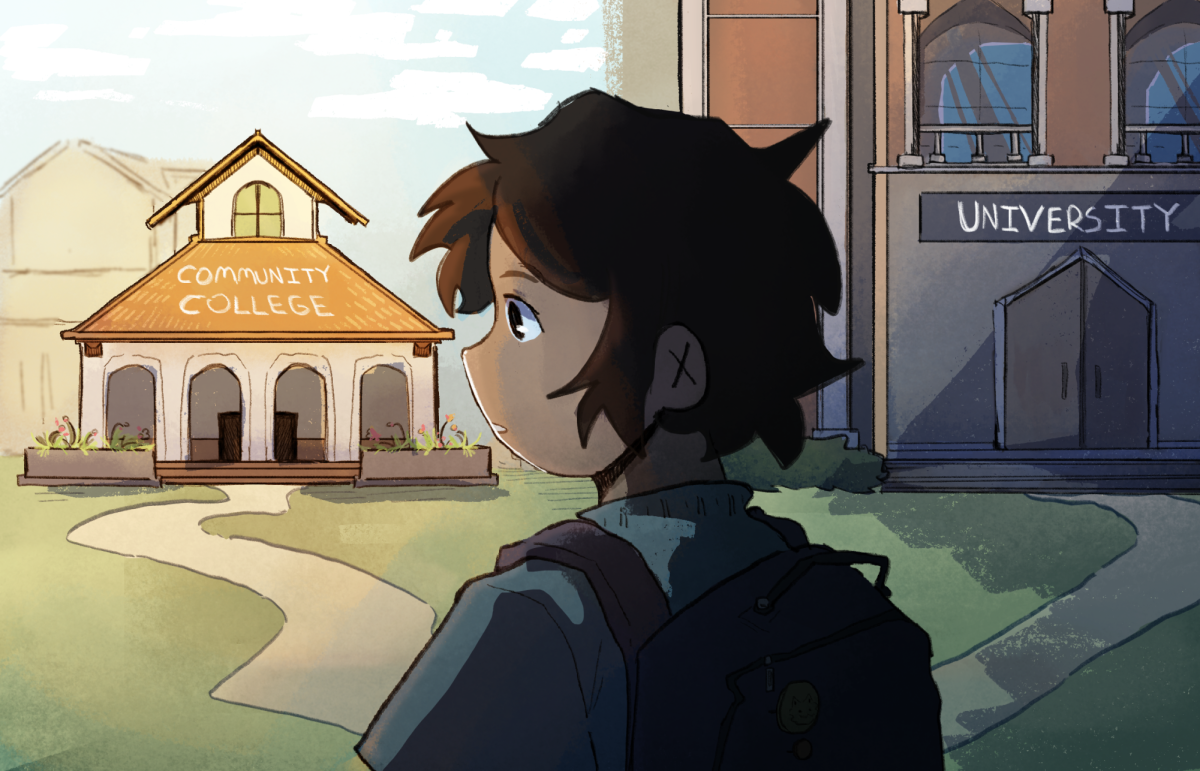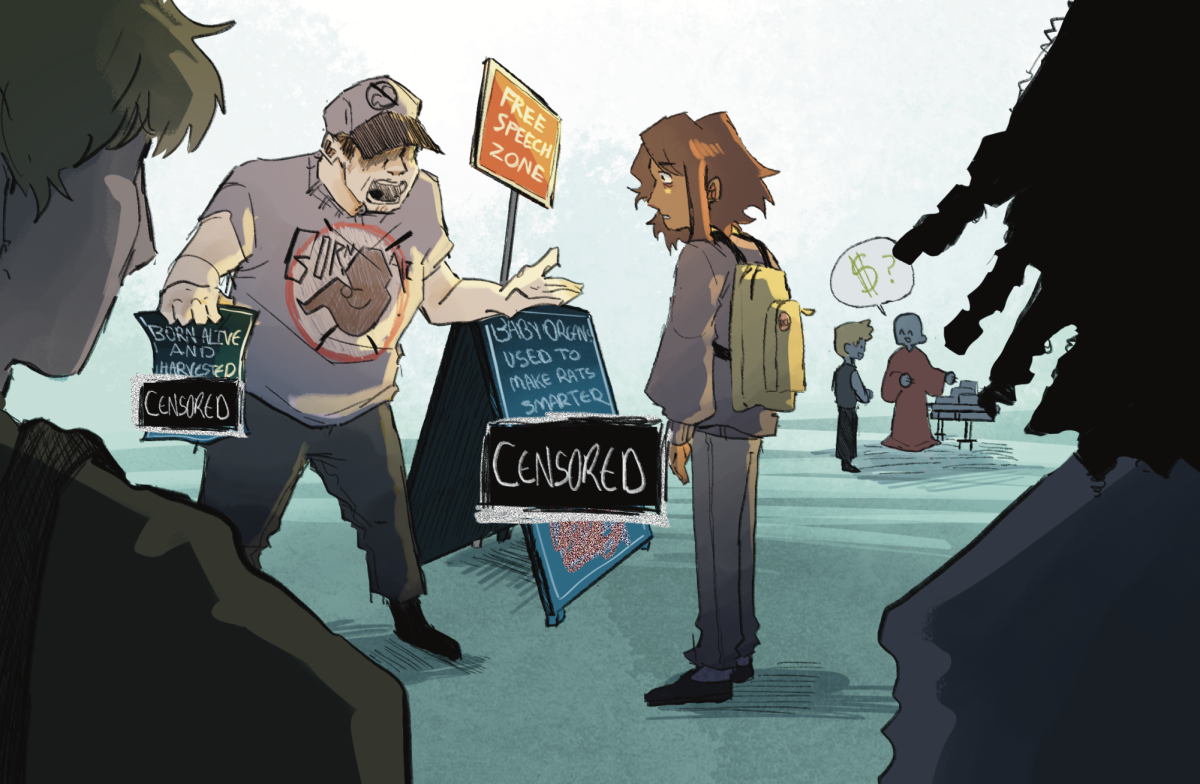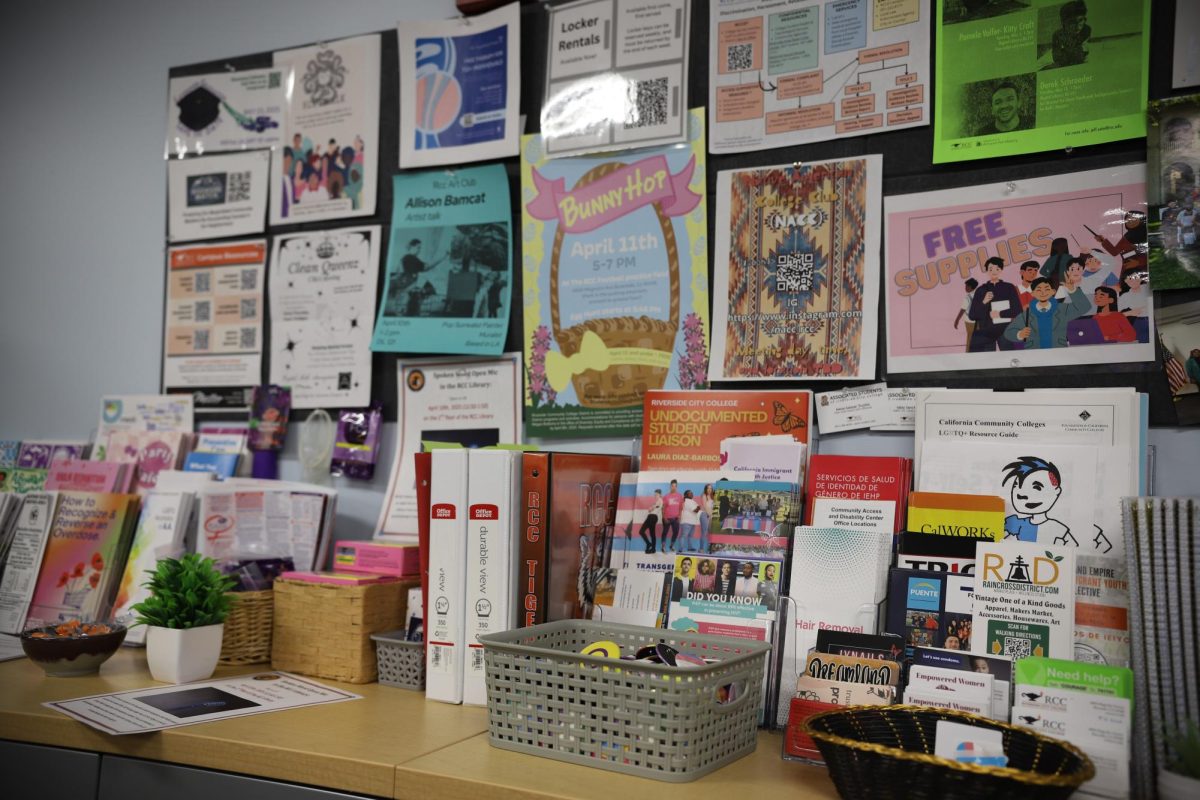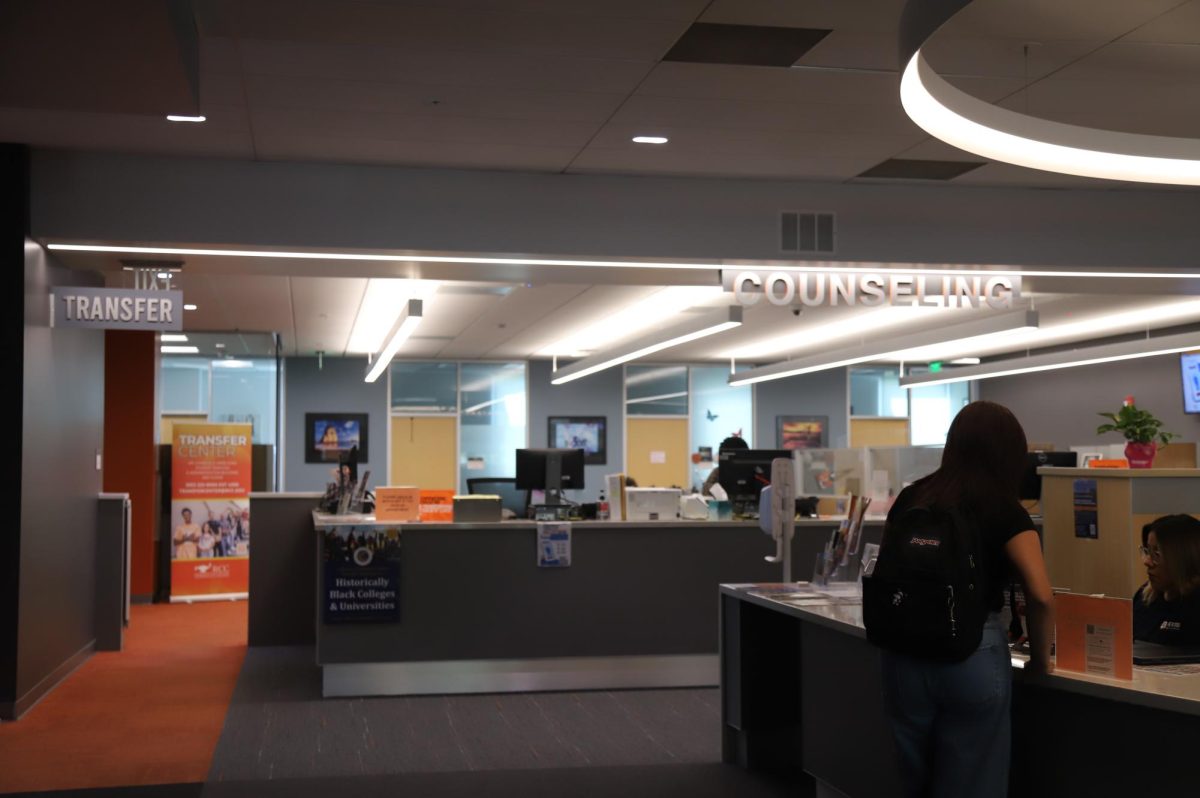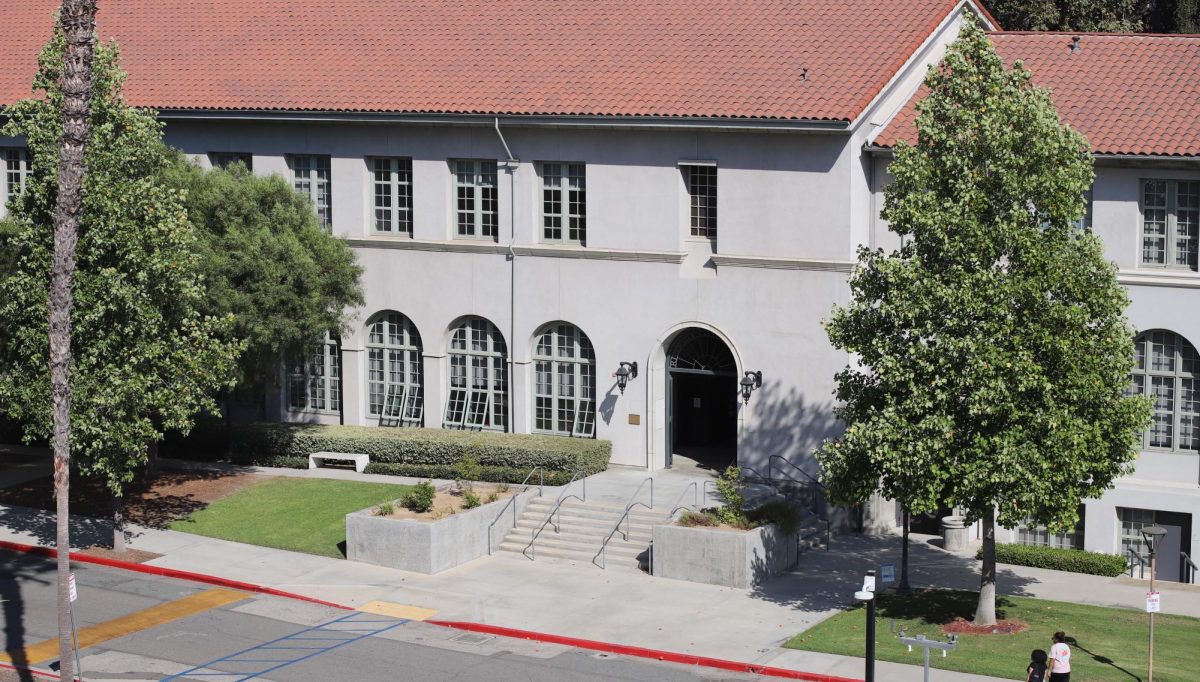College students rely on ever depleting Pell Grant to make ends meet

Colleges should identify and deal with the problems of on-campus food insecurity rather than let them be as is, because it seems that college has a lot more costs than what most students bargained for.
With little to no money, college students are at a greater risk of food insecurity, which is inadequate access to food by a lack of money and other resources than the general public.
For students with families that have been below the poverty line since their elementary school days, the Supplemental Nutrition Assistance Program (SNAP) has been their beneficial ally to the end of their senior year in high school. The students are then thrown into a world where an aid program like SNAP doesn’t exist.
Food stamps would be a viable option as a college student with the hope of acquiring sustenance but to attain the stamps you must meet four crucial requirements.
The four requirements include being younger than 18 or older than 49 years of age, working more than 20 hours a week, having a child younger than six while being a full time student, and having a child under 12 as a single parent while enrolled full time and working part time or be disabled and receive disability based benefits, according to masslegalhelp.com
According to a study by Wisconsin HOPE (Harvesting Opportunities for Postsecondary Education) Lab, there are an increasing number of students who stay in college to keep their Pell Grant, which is what they rely on for one of life’s basic necessity, food.
In the 1970s, Pell Grants were introduced to help low-income students cover all of their college costs. The grants would cover approximately 75 percent of all costs for attending a public four-year college.
The challenges are undeniable, more nutritious meals tend to cost more and with reimbursements already lower than costs, reduced budgets mean that districts are less likely to participate in meal programs, according to Association for Supervision and Curriculum Development’s website.
Now grants only cover about 30 percent of all costs in present time because of inflation, plus current Pell Grant recipients have grown up in families who live well below the federal poverty line.
Many college students nowadays don’t have a well balanced diet. If the average student is lucky, their food intake consists of chips, soda and a favorite dinner option, Top Ramen. Which is filled to the brim with monosodium glutamate (MSG) at 1170 mg, which is over 50 percent over the recommended daily limit. Students eat this kind of food because it is super cheap and cost a dime a dozen.
Today, school lunches are taken for granted. Thirty-one million students participated in the National School Lunch Program in 2007–08, that’s almost two-thirds of all students in the United States. Of these, more than 18 million were from low-income families, families who qualified for free and reduced-price lunch, according to the U.S. Department of Agriculture in its 2009 census.
When HOPE Labs asked students if they have ever skipped a meal or have gone an entire day without eating because they couldn’t afford it, seven percent of students at two-year colleges and 5 percent of students at four-year colleges said yes.
Colleges should be surveying their students to see how their financial situation is and how the college can help their students by offering a different arrangement of services. Although Higher One, Riverside City College’s financial aid distributer, offers budget workshops and tools to be financially stable, these programs don’t fill your pockets and feed you.
Viewpoints' editorials represent the majority opinion of and are written by the Viewpoints' student editorial board.

